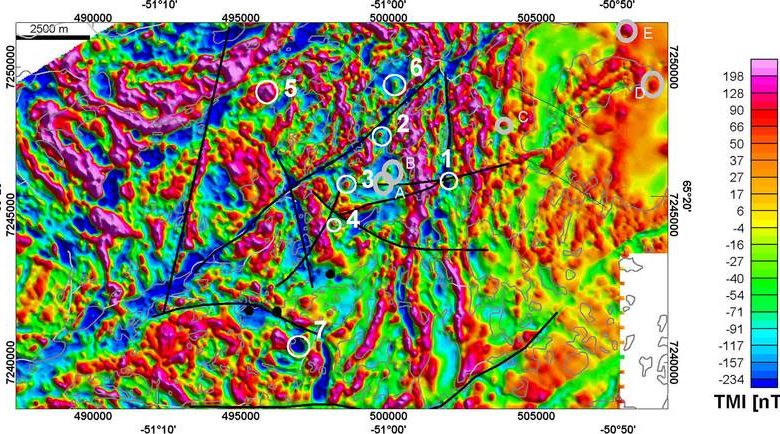All Categories
Featured
Table of Contents
Geophysical Methods in North Beach WA 2022
Much of the image includes blank areas now with little or no radar action. The "yard" wall is still showing strongly, nevertheless, and there are continuing ideas of a hard surface in the SE corner. Time slice from 23 to 25ns. This last slice is now nearly all blank, however a few of the walls are still showing strongly.
How deep are these pieces? The software I have access to makes approximating the depth a little tricky. If, however, the top three pieces represent the ploughsoil, which is probably about 30cm think, I would guess that each slice has to do with 10cm and we are only coming down about 80cm in overall.

Luckily for us, many of the websites we are interested in lie simply below the plough zone, so it'll do! How does this compare to the other approaches? Comparison of the Earth Resistance information (leading left), the magnetometry (bottom left), the 1517ns time slice (leading right) and the 1921ns time slice (bottom left).
Glad You Asked: What Are Seismic Surveys? in Success Australia 2021
Magnetometry, as gone over above, is a passive method measuring local variations in magnetism versus a localised no worth. Magnetic susceptibility survey is an active technique: it is a procedure of how magnetic a sample of sediment could be in the existence of an electromagnetic field. How much soil is checked depends on the diameter of the test coil: it can be extremely small or it can be fairly big.
The sensing unit in this case is very small and samples a small sample of soil. The Bartington magnetic susceptibility meter with a big "field coil" in use at Verulamium throughout the course in 2013. Top soil will be magnetically improved compared to subsoils merely due to natural oxidation and reduction.
By determining magnetic vulnerability at a reasonably coarse scale, we can identify areas of human profession and middens. Sadly, we do not have access to a trusted mag sus meter, but Jarrod Burks (who assisted teach at the course in 2013) has some outstanding examples. Among which is the Wildcat site in Ohio.
43 Cfr § 3836.13 - What Are Geological, Geochemical, Or ... in Ferndale Oz 2023
These villages are frequently set out around a main open area or plaza, such as this rebuilt example at Sunwatch, Dayton, Ohio. Sunwatch Village, Dayton, Ohio (photo: Jarrod Burks). At the Wildcat site, the magnetometer study had actually located a range of functions and homes. The magnetic vulnerability study assisted, however, specify the primary area of occupation and midden which surrounded the more open area.
Jarrod Burks' magnetic vulnerability survey arises from the Wildcat website, Ohio. Red is high, blue is low. The strategy is therefore of fantastic use in defining areas of basic profession instead of identifying specific features.
Geophysical surveying is a used branch of geophysics, which uses seismic, gravitational, magnetic, electrical and electro-magnetic physical methodologies at the Earth's surface to determine the physical residential or commercial properties of the subsurface - Geophysical Survey - An Overview in Ridgewood Aus 2023. Geophysical surveying techniques typically measure these geophysical homes in addition to abnormalities in order to examine different subsurface conditions such as the presence of groundwater, bedrock, minerals, oil and gas, geothermal resources, voids and cavities, and much more.
Table of Contents
Latest Posts
How To Become A Geophysicist in Mount Claremont Oz 2023
Geophysical Survey Next Step In Carbon Storage Study in Brookdale Western Australia 2023
Geophysical Investigations in Calista Western Australia 2022
More
Latest Posts
How To Become A Geophysicist in Mount Claremont Oz 2023
Geophysical Survey Next Step In Carbon Storage Study in Brookdale Western Australia 2023
Geophysical Investigations in Calista Western Australia 2022